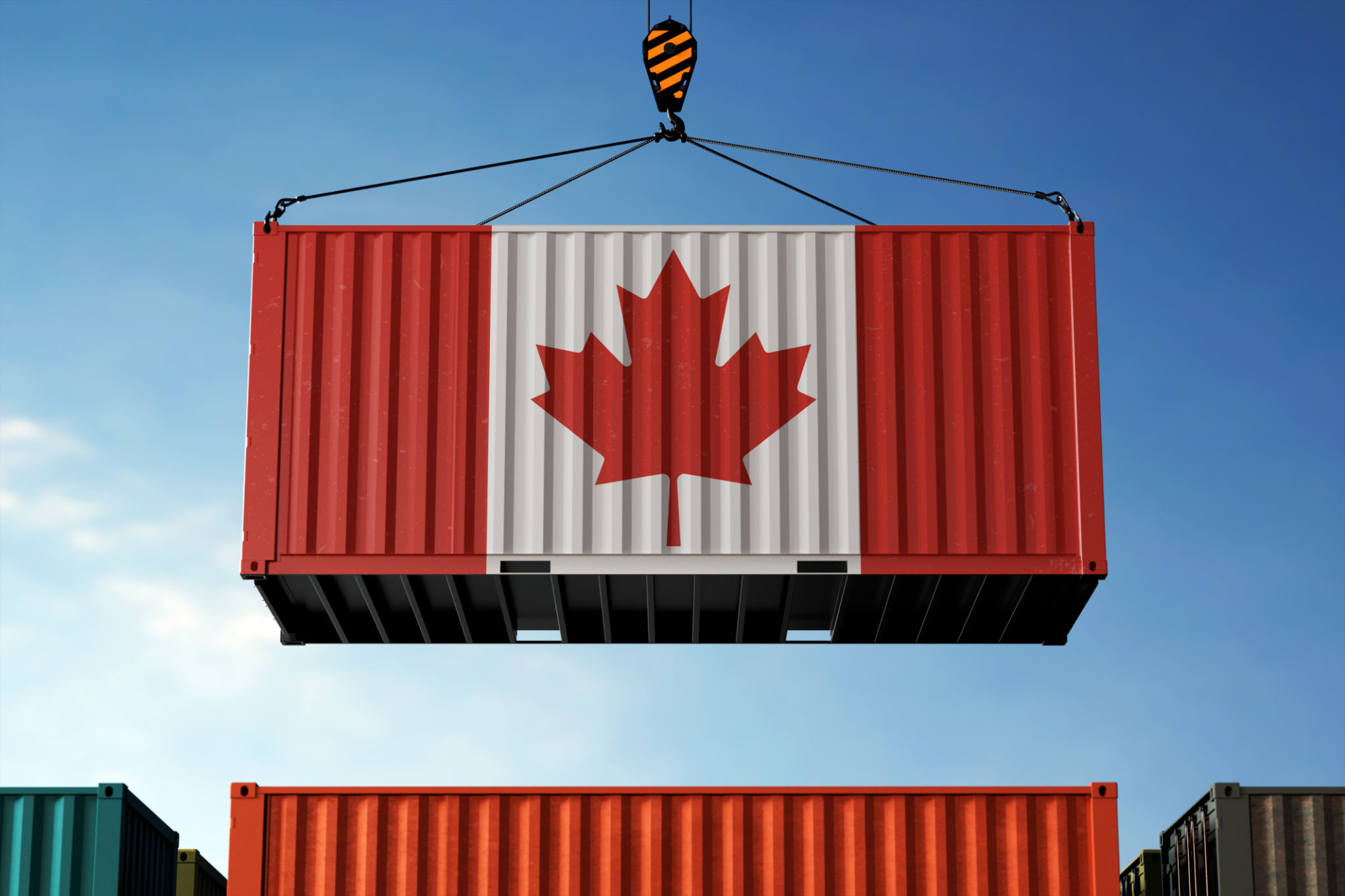Case Study: Transforming Supply Chains with Reusable Packaging in Guangdong
Introduction to Reusable Packaging
In the fast-paced world of supply chain management, efficiency and sustainability often seem at odds. However, in Guangdong, a transformative shift is occurring as companies embrace reusable packaging solutions. This case study explores the impact of these innovative strategies on the supply chain, highlighting their benefits and challenges.
Traditional packaging methods in supply chains have long relied on single-use materials, contributing to environmental waste and inefficiencies. By transitioning to reusable packaging, businesses can significantly reduce their carbon footprint and enhance operational efficiency.

The Shift Towards Sustainability
The decision to implement reusable packaging stems from a growing need for sustainable practices within the industry. In Guangdong, companies are increasingly aware of the environmental impact of their operations and are seeking ways to mitigate it. Reusable packaging is a key component of this shift, offering both ecological and economic benefits.
One major advantage is the reduction in waste generation. By using durable materials that can withstand multiple cycles of use, companies minimize their reliance on single-use plastics and other disposable materials. This not only helps in reducing waste but also aligns with global sustainability goals.
Economic Benefits of Reusable Packaging
While the environmental benefits are clear, the economic advantages of reusable packaging are equally compelling. Companies in Guangdong have reported significant cost savings by reducing the need for constant repurchasing of packaging materials. Additionally, the durability of reusable packaging often leads to longer lifespans and fewer replacements.
Moreover, businesses can enhance their brand image by adopting sustainable practices. Customers are increasingly favoring companies that demonstrate a commitment to environmental responsibility, providing an additional incentive for adopting reusable packaging solutions.

Implementation Challenges
Despite the numerous benefits, transitioning to reusable packaging is not without its challenges. Initial costs for purchasing durable materials can be higher compared to single-use options. However, these costs are often offset by long-term savings and improved efficiency.
Another challenge is the redesign of logistics processes to accommodate reusable packaging systems. Companies must ensure that their supply chains are equipped to handle the return and reuse of packaging materials efficiently.
Case Study: A Success Story
A leading electronics manufacturer in Guangdong provides a compelling example of successful implementation. By introducing reusable crates for transporting components, they reduced packaging waste by 40% and decreased costs by 25% over two years. The transition required an initial investment in durable materials and logistics training but resulted in substantial long-term benefits.

This case study highlights the potential for other industries to replicate similar successes. With careful planning and commitment, reusable packaging can transform supply chains across various sectors.
Conclusion: A Forward-Thinking Approach
The case study of reusable packaging in Guangdong underscores the importance of innovation in achieving sustainability within supply chains. While challenges exist, the benefits far outweigh the drawbacks, offering a pathway to more efficient and environmentally friendly operations.
As more companies recognize the value of incorporating sustainable practices into their supply chains, reusable packaging is poised to play a crucial role in shaping the future of global commerce. Embracing these changes not only supports environmental goals but also fosters economic resilience and corporate responsibility.
